Conical flask
৳ 80.00 – ৳ 750.00Price range: ৳ 80.00 through ৳ 750.00
A conical flask, also known as an Erlenmeyer flask or titration flask, is a type of laboratory flask with a flat bottom..
SKU: Gls-11
Categories: All Categories, Glassware
Tags: best Conical flask, conical flask, Conical flask of ktcdhaka
,Brand: China
Conical flask:
A conical flask, also known as an Erlenmeyer flask or titration flask, is a type of laboratory flask with a flat bottom, a conical body, and a cylindrical neck. It is named after the German chemist Emil Erlenmeyer, who created it in 1860.
Common uses:
- Holding and mixing liquids: The wide base of the flask provides stability for mixing liquids, while the narrow neck helps to prevent spills.
- Heating liquids: Conical flasks can be used to heat liquids directly over a flame or on a hot plate. They are also often used in conjunction with a reflux condenser to heat liquids under reflux.
- Titrations: The narrow neck of a conical flask makes it ideal for titrations, which are quantitative analysis procedures that involve slowly adding a solution of known concentration to another solution until a reaction occurs.
- Storing liquids: Conical flasks can be used to store liquids for short periods of time. However, it is important to note that they are not airtight, so they are not suitable for long-term storage.
How to use a best Conical flask:
- Choose the right size flask for your experiment. Conical flasks are available in a variety of sizes, from 10 mL to 5 L.
- Add the desired amount of liquid to the flask. Be careful not to overfill the flask, as this could make it difficult to mix the liquids or prevent the stopper from fitting securely.
- If you are using the flask to heat liquids, place it on a hot plate or over a flame. Be sure to use a heat shield to protect your hands from the heat.
- If you are using the flask for a titration, add the indicator to the flask before adding the titrant.
- Slowly add the titrant to the flask, swirling the flask constantly to mix the liquids. Be careful not to add too much titrant, as this could ruin the experiment.
- Once the endpoint of the titration has been reached, record the volume of titrant used.
- When you are finished using the flask, rinse it thoroughly with water and allow it to dry.
Here are some additional tips for using a best Conical flask:
- Never use a cracked or chipped flask.
- Do not heat a flask that is completely full of liquid, as this could cause the liquid to expand and break the flask.
- When using a flask over a flame, always hold it with a clamp or tongs to prevent burns.
- Be careful not to stir liquids in a flask with a magnetic stir bar, as this could scratch the glass.
I hope this helps! Let me know if you have any other questions.
| Size | 50ml, 100ml, 250ml, 500ml, 1000ml |
|---|
Be the first to review “Conical flask”
You must be logged in to post a review.



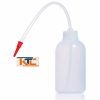


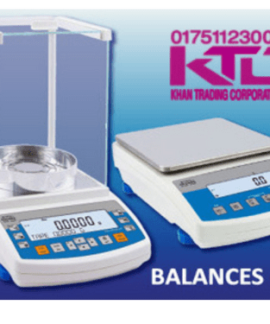
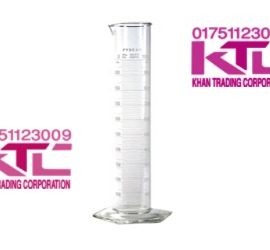
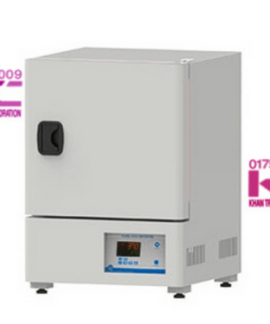
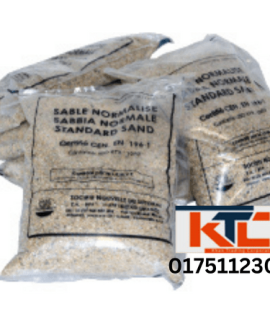
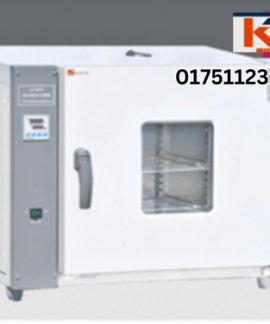

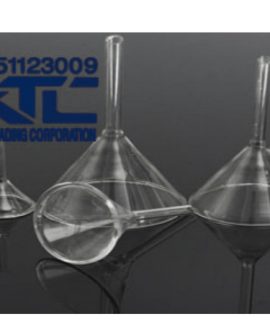
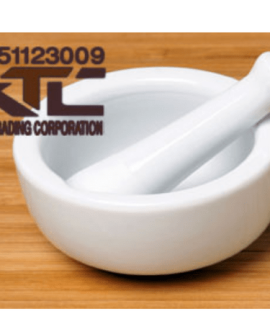
Reviews
There are no reviews yet.